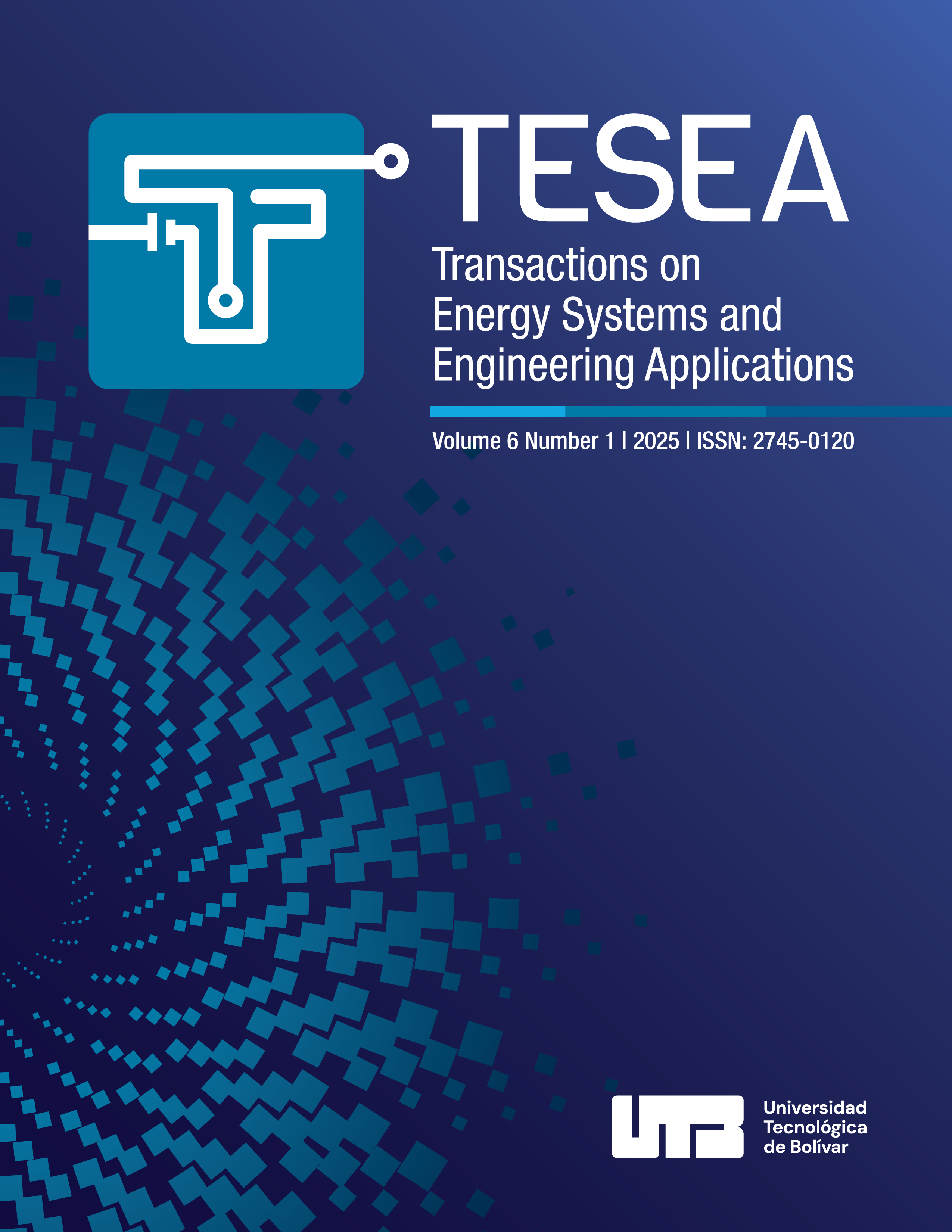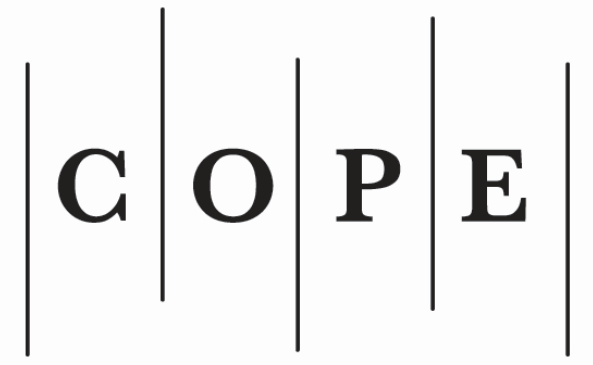Relationship between the human development index and the behavior of PM2.5 in USA, using multivariate statistics and machine learning
DOI:
https://doi.org/10.32397/tesea.vol6.n1.627Abstract
The scientific community has recently shown a rising interest in figuring out how atmospheric pollution affects the behavior of all-encompassing quality-of-life measures. The purpose is to show that bad air quality can have an impact on economic and educational factors in addition to people's health. This research seeks to establish the statistical association between the variables: population, demographic density, percentage of population at risk of poverty and the Human Development Index (HDI) of the United Nations, with the behavior of the average annual concentration of the pollutant PM2.5 in the USA. To achieve this multivariate regression models such as the generalized linear model and the logistic regression model were generated, in addition to generating a Bayesian classifier of neural networks to measure the predictive ability of the variables under study. As a result, the study was able to show that there is a connection between the Human Development Index, population size, and the proportion of the population at risk of poverty, as well as be-tween the average concentration of the pollutant PM2.5 and the likelihood that it will exceed the World Health Organization's upper limit. The major finding of the study is that poorer quality of life is related to higher levels of PM2.5 pollution concentration in the atmosphere. This is demonstrated by the pollutant's inverse link to both the percentage of the population at risk of poverty and the Human Development Index.
Downloads
Downloads
Published
How to Cite
Issue
Section
License
Copyright (c) 2025 Paul Sanmartin, Margarita Castillo, Stephanie Galvis, Vera Santiago, Alexander Parody

This work is licensed under a Creative Commons Attribution 4.0 International License.
Authors retain copyright and grant the journal right of first publication with the work simultaneously licensed under a Creative Commons Attribution 4.0 International License, which allows others to share the work with an acknowledgment of the work's authorship and initial publication in this journal.
















